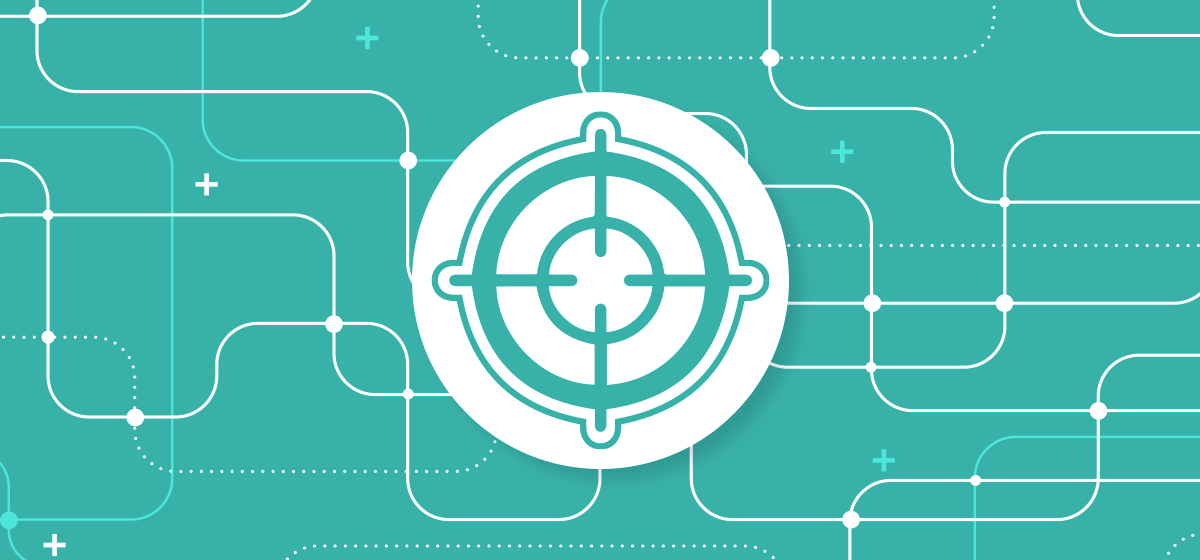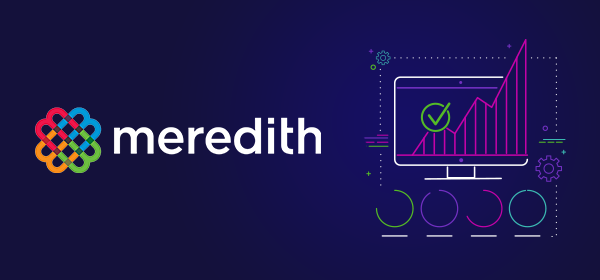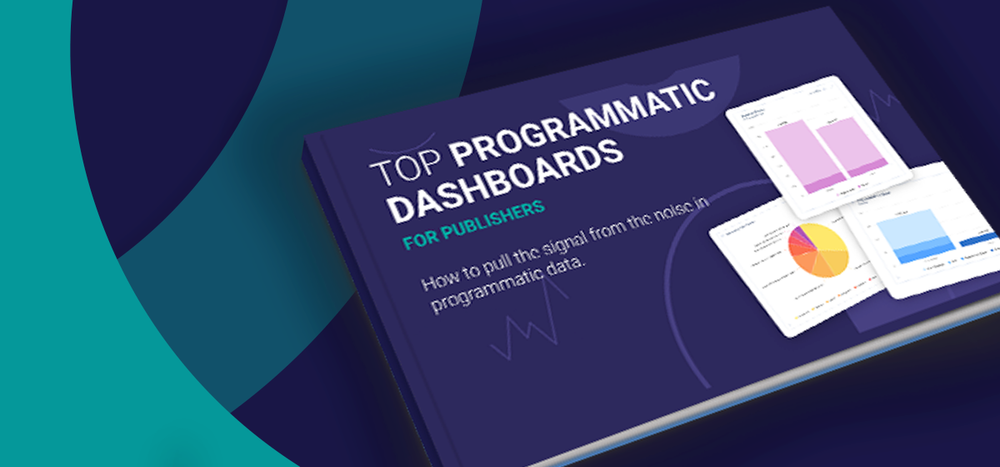With the GDPR compliance date looming ever closer, Google has revealed a rollout of several large scale changes to how it will be handling data following the implementation of the EU’s new data regulations and it’s got everybody talking. Google’s new limitations on the use of DoubleClick ID and its plans for how publishers can share data collected under new GDPR consent rules signal a major shift in how media and ad tech companies will operate in the future.
Changes to DoubleClick ID
Under the new usage policies for DoubleClick ID, Google will no longer allow buyers to use DoubleClick ID for data transfers on impressions recorded by YouTube, DoubleClick Campaign Manager (DCM), or the DoubleClick Bid Manager (DBM) DSP, sharply limiting the ability to port data outside of Google’s own ecosystem. Furthermore, encrypted cookie IDs and IP addresses will now be excluded from Google Ad Exchange.
Data Sharing Limitations
Publishers are also feeling the effects of how Google has chosen to comply with GDPR. Google’s new consent gathering tool, known as “Funding Choices”, will strictly limit the number of ad tech vendors with which a publisher can share data. DoubleClick for Publishers (DFP) customers using the new tool will be able to pass data to a maximum of 12 supply chain partners, which includes Google itself, ad servers and exchanges, SSPs, DSPs, and third-party data suppliers.
Google’s rationale behind these changes is to protect user privacy, a goal which many in the ad industry support. However, some digital advertisers can’t help but notice that the new policies will isolate data within the walled garden Google has constructed for itself and further push users to broadly adopt Google’s tech stack rather than seeking out Google competitors or building their own.
These moves will impede the ability to perform cross-platform viewability measurements and make it significantly more difficult for companies who have leveraged products using Google’s data metrics to gain valuable insights outside of Google’s walls. By discouraging the use of third-and-fourth party vendors, Google is putting a squeeze on competing technology and pulling marketers and publishers deeper within their walls, whether they intend to or not. While many may appreciate and benefit from Google’s turnkey solutions and advantages in scalability, users that benefit from highly customizable solutions will be left wanting.
Alternative Solutions
Ironically, some are seeing this as an opportunity to move away from the Google tech stack rather than consolidate. For all the talk of GDPR compliance, Google's consent technology has not been integrated with the IAB Europe GDPR Consent and Transparency Framework, leaving some publishers to seek out other more open and flexible options such as AppNexus. New measurement limitations compound the issue and have primed the market for a wide-scale shift toward new standards or technology and away from the status quo.
Whether Google’s own compliance will successfully secure its monopoly on digital advertising or send users seeking new solutions remains to be seen. However the industry feels, the changes are coming on May 25th, when the EU will officially implement and begin enforcing GDPR rules and regulations.
*Make sure you’re ready for May 25th by reading Ad-Juster’s Simplified Guide to the GDPR.*






